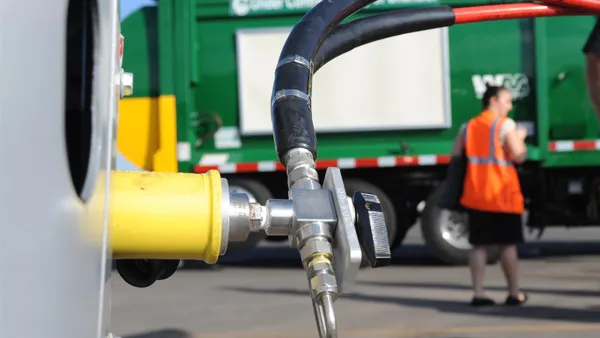Dive Brief:
- Researchers from the South Dakota School of Mines and Technology, Princeton University, and Florida Gulf Coast University have developed a microbial electrochemical cell specific to tomato waste that can help turn the waste into electricity. Currently, no treatment process specific to tomato waste exists, according to Examiner.
- The cell utilizes the lycopene pigment in tomatoes, which acts as a source of electrons. As of now, 0.3 watts of electricity can be produced from 10 milligrams of tomato waste, but these numbers may be increased with more research.
- Florida alone produces 396,000 tons of tomato waste every year, but lacks a good disposal and treatment process for the produce, according to assistant professor Dr. Venkataram Gadhamshetty. He explained that this waste could power Disney World for three months.
Dive Insight:
This development comes at a crucial time when researchers across the nation and the world are searching for ways to combat food waste. A recent report showed that the process of cutting food waste is not only environmentally important, but could also create potential economic benefits. And there are many ways to tackle it too — from cutting it at the source through technology, to using waste-to-energy methods such as the one developed by these researchers.
"We wanted to find a way to treat this waste that, when dumped in landfills, can produce methane - a powerful greenhouse gas - and when dumped in water bodies, can create major water treatment problems," said Gadhamshetty, as reported in the Western Daily Press.
The researchers, who presented their findings today at the annual meeting of the American Chemical Society, have implied they will continue to develop the process to increase electrical output.










